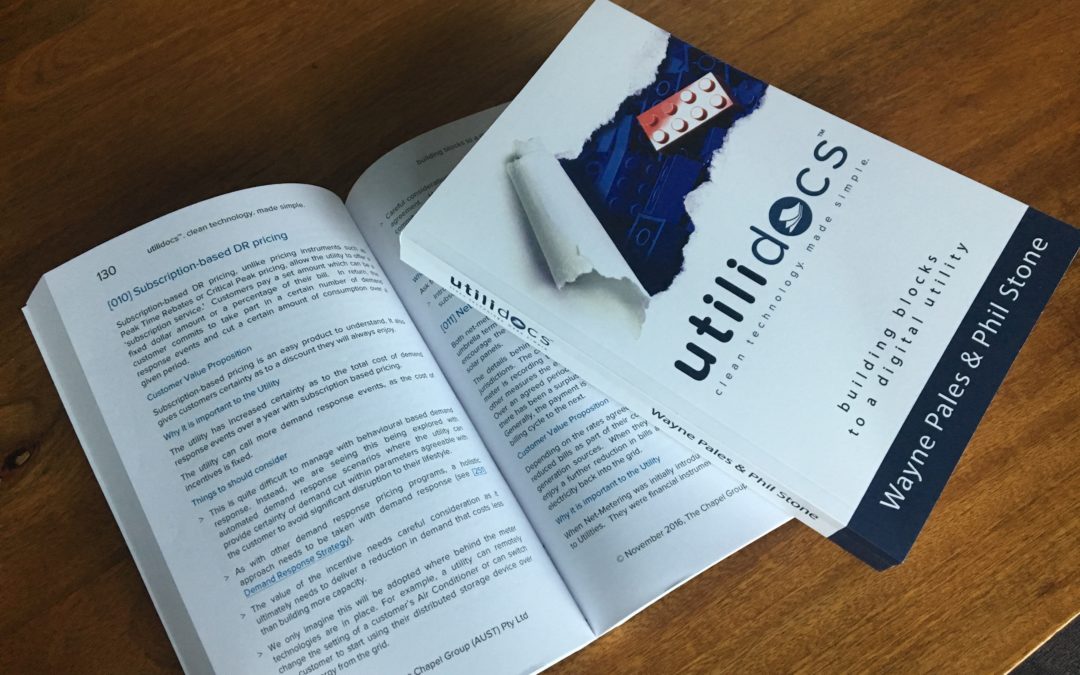In our book, utilidocs®: building blocks to a digital utility, we provide insight into every stage of the smart metering and demand response journey. In this post, I wanted to share one of more than 100 services, detailed in the book, that become possible as a result of smart metering and demand response technologies.
Subscription-based demand response
Subscription-based demand response addresses the many issues Utilities have faced when designing financial incentives for customers who take part in demand response events.
As the name suggests, with a ‘subscription service’ the customer pays a set amount each month, which can be a fixed dollar amount or a percentage of their bill. In return, the customer commits to take part in a certain number of demand response events and cut a certain amount of consumption over a given period.
Customer Value Proposition
Subscription-based pricing is an easy product for the customer to understand. It also gives customers certainty as to a discount they will always enjoy.
Why it is important to the Utility
The Utility has a number of benefits. It increases the certainty as to the total cost of demand response events over a year. It can call more demand response events, as the cost of incentives is fixed.
Things to consider
- This is quite difficult to manage with behavioral based demand response. Instead, we are seeing this being explored with automated demand response scenarios where the utility can provide certainty of demand cut within parameters agreeable with the customer to avoid significant disruption to their lifestyle.
- As with other demand response pricing programs, a holistic approach needs to be taken with demand response. Note: we provide more information in our book on Demand Response Strategy.
- The value of the incentive needs careful consideration as it ultimately needs to deliver a reduction in demand that costs less than building or buying more capacity.
- We only imagine this will be adopted where behind the meter technologies are in place. For example, a utility can remotely change the setting of a customer’s Air Conditioner or can switch the customer to start using their distributed storage device over using energy from the grid.
Careful consideration needs to be given to the parameters of the agreement. How much demand cut will the customer have to commit to? What happens if they opt-out of an event? How many events do they have to take part in, and over what period of time? What constraints does the Utility need to work within, for example, how high can they set the temperature on the Air Conditioning unit?
What to ask your demand response vendor
Introduce clients who are talking about, or are already delivering subscription services for demand response events
.
.
If you like this sample and want to read more, you can buy our book here. Remember, all profits from the book will be donated to charities that are fighting to help end energy poverty.
.
#connectedera #digitalutility #smartmeters #demandresponse #opendata
.
Contact me to find out how we can help you get the most from smart metering, demand response, and behind-the-meter technologies.
.
